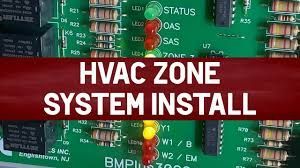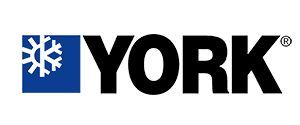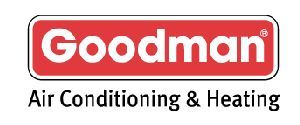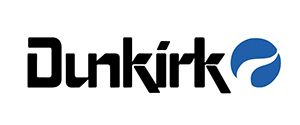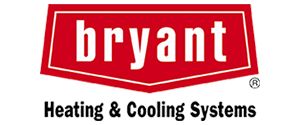EMERGENCY SERVICE
Understanding How Forced Air Zoning Systems Work
Forced air zoning systems are an increasingly popular option for homeowners looking to enhance the efficiency and comfort of their heating, ventilation, and air conditioning (HVAC) systems. By dividing a home into separate zones, each controlled by its own thermostat, forced air zoning systems allow precise temperature control and energy management. This article provides a detailed look into forced air zoning systems, exploring how they work, their benefits, installation considerations, and more.
What is a Forced Air Zoning System?
A forced air zoning system is a specialized HVAC setup that allows different areas or "zones" of a home to be heated or cooled independently. This means that you can maintain a comfortable temperature in one part of the house, such as the living room, without affecting the temperature in another zone, such as the bedrooms. This customization offers both comfort and energy savings by ensuring that only occupied zones are being conditioned at any given time.
How Do Forced Air Zoning Systems Work?
Forced air zoning systems work by using dampers installed within the ductwork of an HVAC system. These dampers control the flow of air to different parts of the house. When a zone reaches its desired temperature, the thermostat signals the dampers to close, cutting off the air supply to that zone. Meanwhile, other zones can continue receiving air until they too reach the set temperature. This process allows each area of the house to maintain its own microclimate, independent of other zones.
Components of a Forced Air Zoning System
The key components of a forced air zoning system include:
- Zone Dampers: These are installed in the ductwork and open or close to control airflow to various zones.
- Thermostats: Each zone has its own thermostat, allowing individual temperature control.
- Control Panel: The central control panel communicates with the thermostats and dampers, ensuring the system operates smoothly.
Benefits of Forced Air Zoning Systems
There are several benefits to installing a forced air zoning system, including:
- Energy Efficiency: By controlling the flow of conditioned air only to the areas that need it, you can reduce energy consumption.
- Cost Savings: Reducing energy use naturally leads to lower utility bills, offering long-term financial savings.
- Custom Comfort Control: Forced air zoning allows each occupant of a home to adjust the temperature of their space to their individual preference.
Enhanced Energy Efficiency
Zoning systems allow homeowners to focus heating and cooling efforts where they are most needed. For example, there’s no need to cool a guest room that isn’t in use, nor heat an empty kitchen at night. This targeted approach minimizes energy waste and improves the overall efficiency of the HVAC system.
Reduction in HVAC Wear and Tear
With traditional HVAC systems, the entire home is heated or cooled whenever the system is on, causing constant strain. A zoning system reduces this wear by limiting the system’s operation to specific areas. Over time, this reduces wear and tear on the HVAC system, extending its lifespan.
Improved Comfort Levels
The ability to control the temperature in different zones means that everyone in the home can enjoy their desired comfort level. One person may prefer a cooler bedroom for sleeping, while another prefers a warmer living room—zoning makes this possible without compromise.
Would You Like to Know More?
We have a simple mission, to become the best provider of HVAC services in the major metropolitan area. We have been working nonstop, providing excellent customer service at competitive prices. If you would like to know more about our services and our track record in your city, give us a call today!




